
Romanticism, suppression, freedom and the American dream, Anna’s photographic practice looks towards the rodeo.
from It's Nice That https://ift.tt/2K7LC6w

Romanticism, suppression, freedom and the American dream, Anna’s photographic practice looks towards the rodeo.
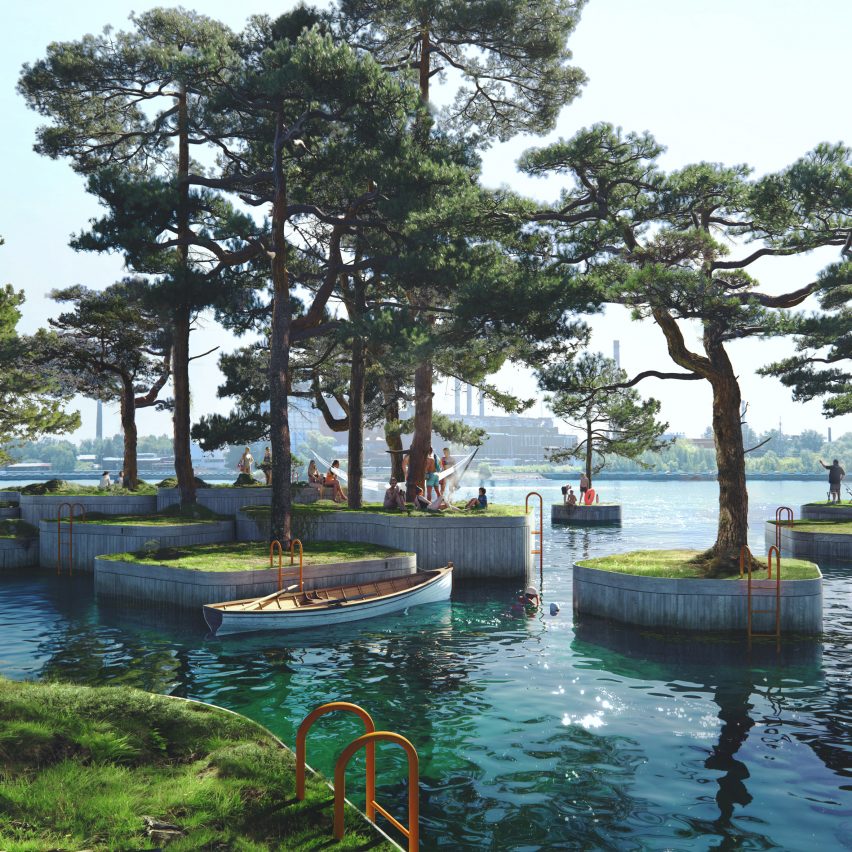
A set of roaming artificial islands designed by Marshall Blecher and Studio Fokstrot are set to be built in Copenhagen's harbour.
Australian architect Blecher and Danish firm Studio Fokstrot created the Copenhagen Islands project to bring "wildness and whimsy" to the capital.
Anchored to the harbour floor, the modular islands will be made of steel and recycled floatation elements clad in sustainable Forest Stewardship Council-approved timber.
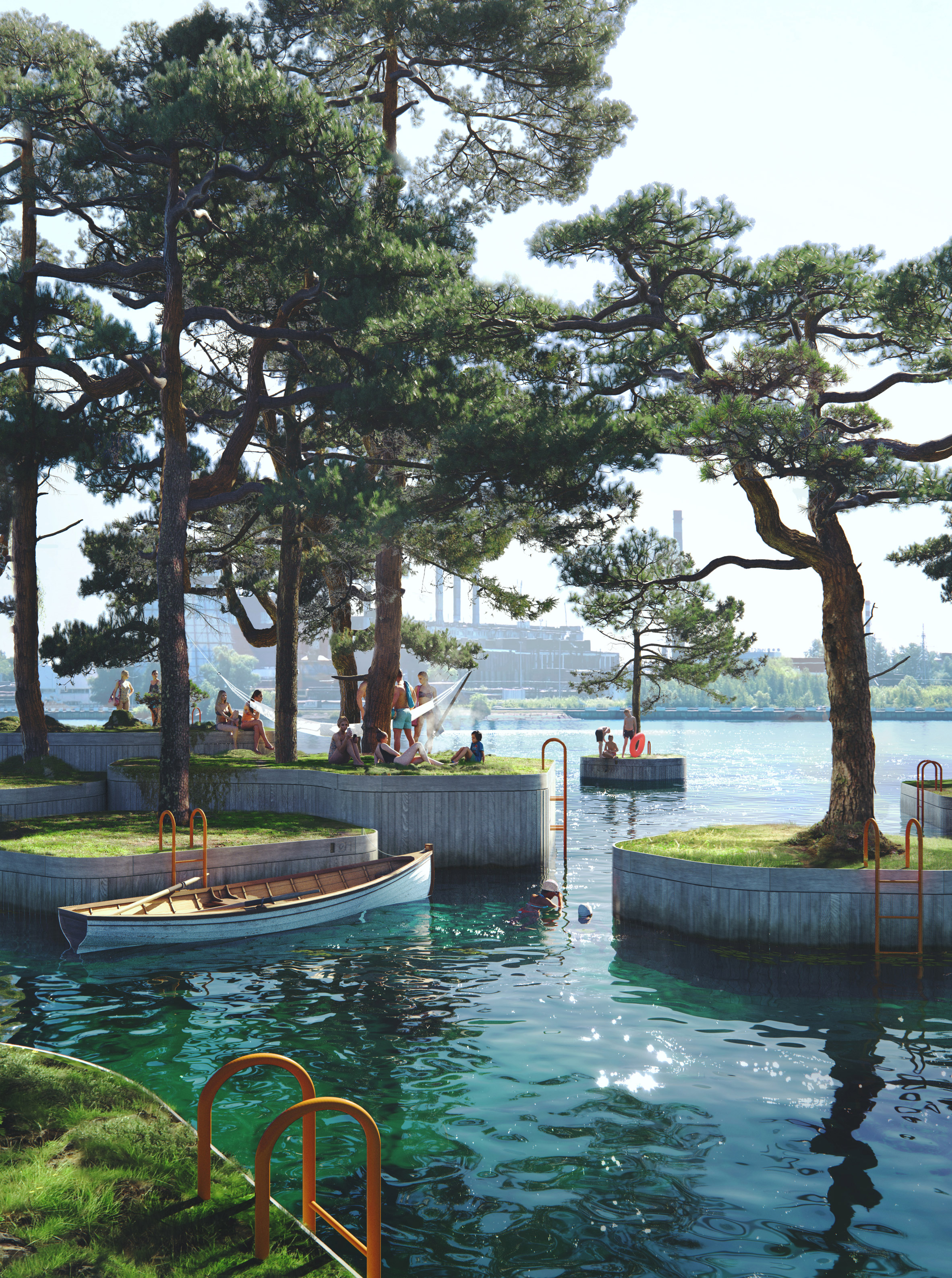
Forming an archipelago of floating parks, the islands will provide a platform for relaxing, fishing or watching the stars and will be accessible by boat, kayak or swimming.
The project follows the success of a prototype artificial island called CPH-Ø1, which launched in 2018 and has hosted talks, a photography exhibition and picnics. It will soon be joined by three more islands later this year.
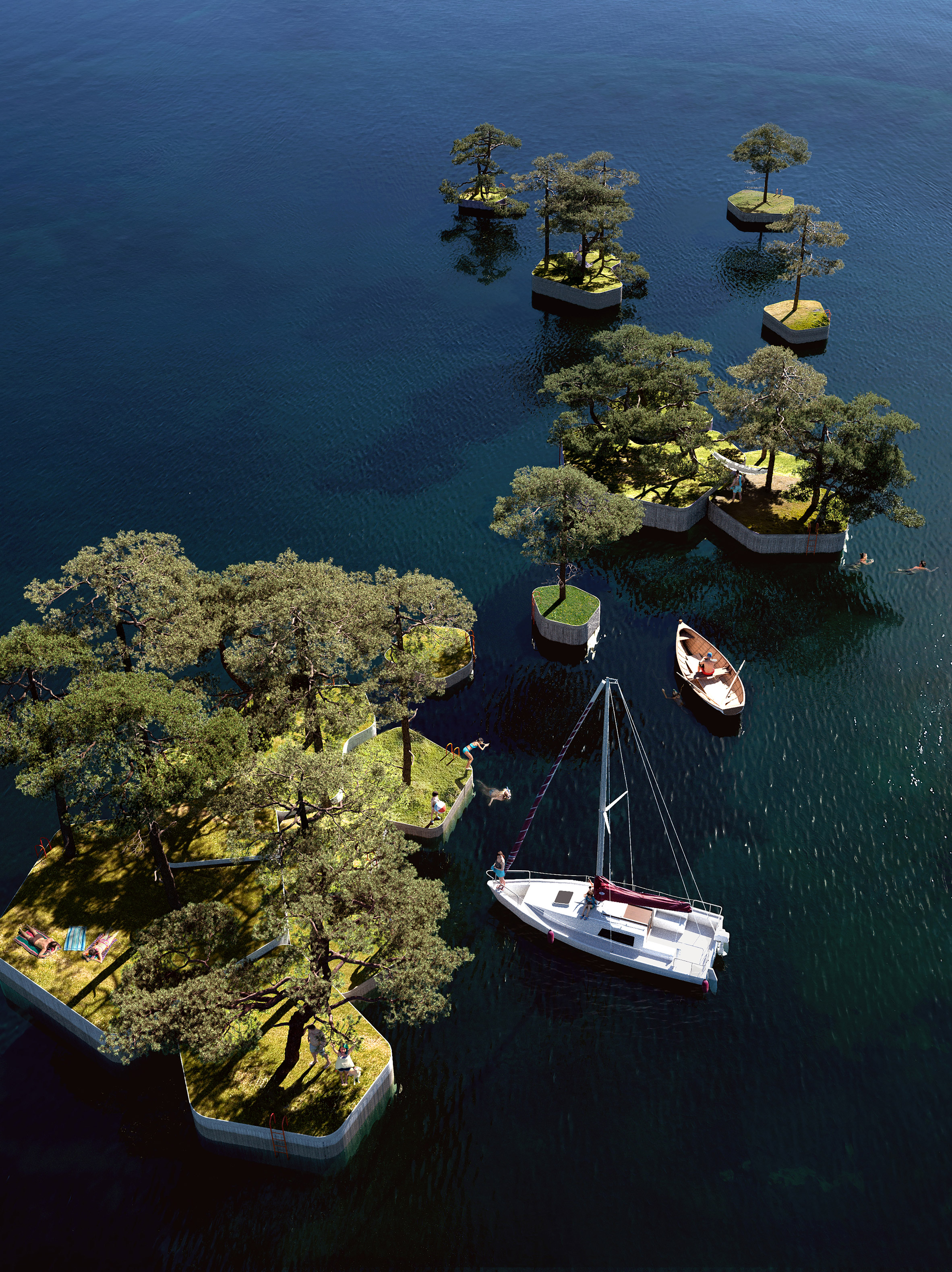
"The largest island will comprise nine modules with additional separate islands floating nearby," Blecher told Dezeen.
Copenhagen Islands will also form a new habitat for wildlife, both above and below the surface of the water.
"The top of the islands will be planted with endemic grasses, bushes and trees, which will provide a sanctuary in the middle of an otherwise highly developed part of the city for the local seagulls, swans, pigeons and ducks," said Blecher.
"The underside of the islands will provide an ideal environment for seaweeds and mollusks to attach themselves, in turn providing the perfect habitat for fish and other sea life to congregate."
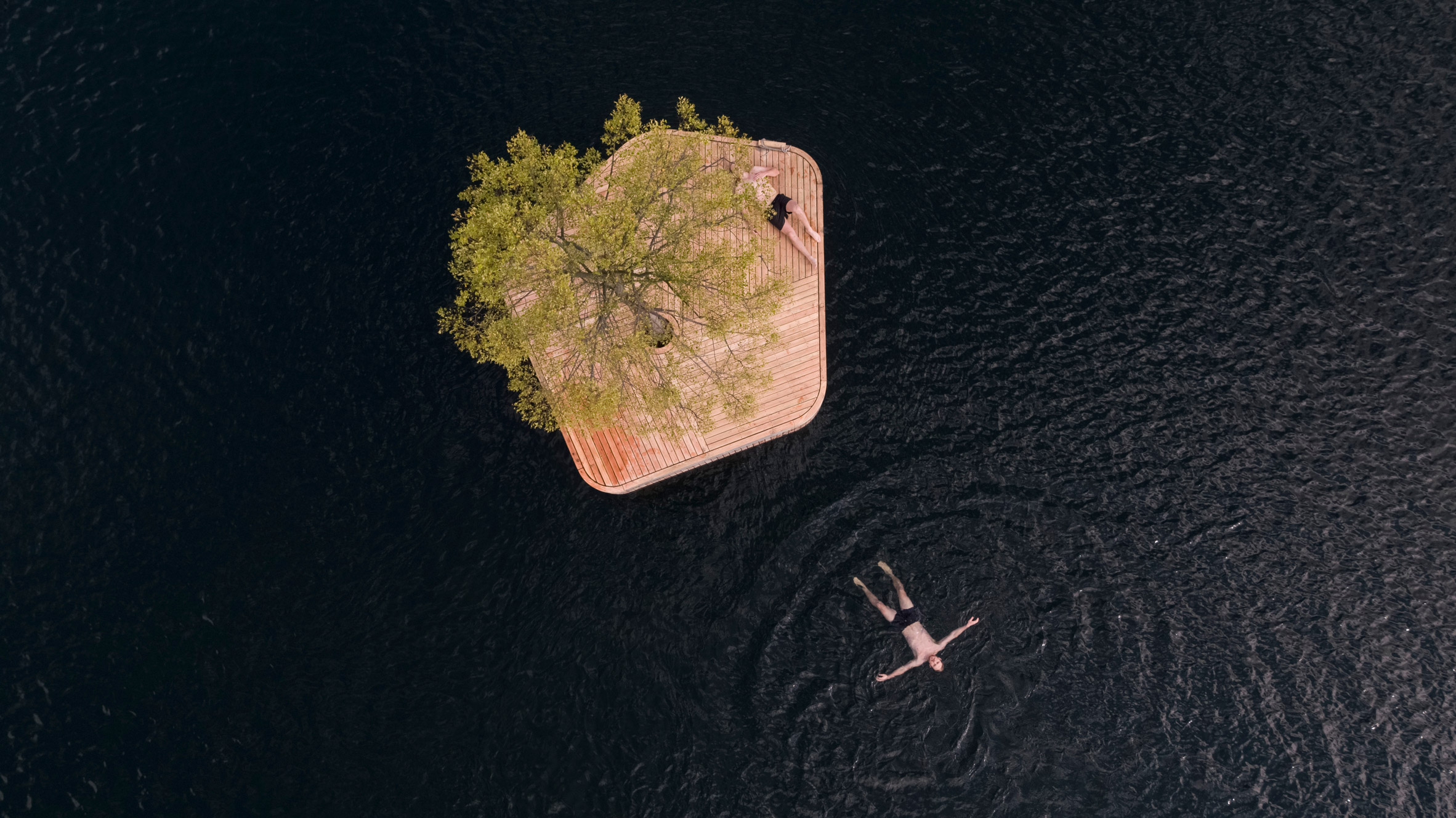
Blecher and Studio Fokstrot will build the islands in the harbour's shipyard using traditional boatbuilding techniques. Once afloat, the plan is to move the islands between different parts of the harbour each season.
The project, which was a finalist for Beazley Designs of the Year, could be expanded even further in the future.
"We have plans to add more separate islands as the project develops," said Blecher. "The project is inherently flexible and organic."
Floating projects in urban areas have become a trend in northern Europe. In Rotterdam, Dutch architects Powerhouse Company is building a floating office with a swimming pool in the harbour, and the city is already home to a floating herd of dairy cows.
Visualisations are by MIR.
The post Marshall Blecher and Studio Fokstrot to build "parkipelago" of floating islands in Copenhagen appeared first on Dezeen.
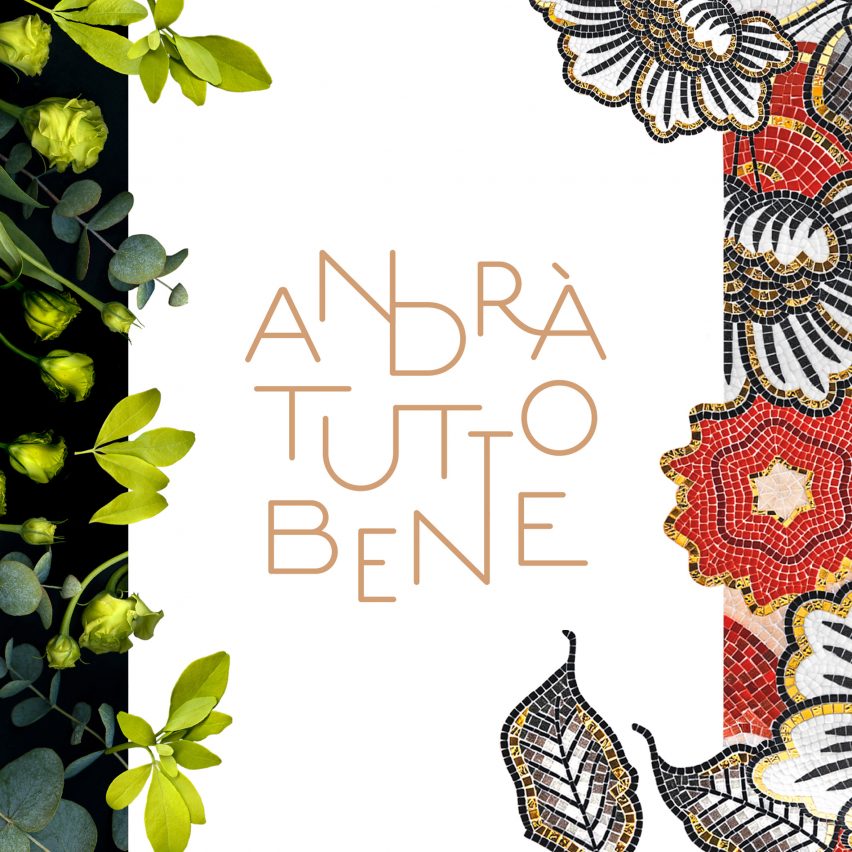
Daily coronavirus briefing: today's architecture and design coronavirus briefing includes a message of hope from Marcel Wanders and news of Australia withdrawing from the Venice Architecture Biennale.
Burning Man 2020 announces digital alternative amid pandemic
Burning Man has cancelled its desert event this year and revealed plans to host an online alternative called Virtual Black Rock City (via Dezeen).
Marcel Wanders creates universal message of hope and solidarity
Dutch designer Marcel Wanders has designed an artwork (above) that combines the Italian flag and phrase Andrà tutto bene, which translates as everything will be alright.
"During these uncertain times, we appreciate being close to one another even more," said Wanders. "We long to be back in our studio, in our client offices and at the exhibits like Salone del Mobile where creativity is celebrated and where we are motivated and inspired year after year. You may be alone but, we are all in this together" (via Marcel Wanders).
Coronavirus pandemic reveals "inequities" in New York housing
Architects at New York firms ODA, PRO and Woods Bagot have said that the coronavirus pandemic has revealed problems with housing in the city that must be addressed following the crisis (via Dezeen).
NHS to launch coronavirus tracking app
The UK government's health secretary Matt Hancock has announced that the NHS will be releasing a contact-tracing app. People would report their symptoms in the app, which would then anonymously alert users who had recently been in contact them (via Guardian).
Australia withdraws from 2020 Venice Architecture Biennale
The Australian Institute of Architects has announced that is will not take part in this year's Venice Architecture Biennale, which has been delayed due to coronavirus.
"We know that COVID-19 is presenting architects with significant financial and economic challenges," said the Australian Institute of Architects in a statement. "Therefore we are going to reallocate our resources to fund initiatives to help support our members as they navigate through this crisis" (via Architecture AU).
Standard Issue creates open-source design for CNC-cut face mask
Brooklyn design agency Standard Issue has created an open-source design for a face mask that can be produced by companies that have access to automated cutting and seaming technologies, such as manufacturers for furniture, fashion and sportswear brands (via Dezeen).
Negroni Talks launches online debate focused on joy in architecture
London-based debate series Negroni Talks has launched its first online talk. Entitled The Joy of Architecture the talk on 21 April will be between Jane Clossick, lecturer in Urban Design at London Metropolitan University, Lee Ivett, founder of Baxendale Studio, Lara Lesmes and Fredrik Hellberg from Space Popular and Francis Terry of Francis Terry and Associates (via EventBrite).
Maarten Baas explains how he is adapting to lockdown
Dutch designer Maarten Baas has explained how he has adapted to coronavirus lockdown in a short video message recorded for Virtual Design Festival (via Dezeen).
Keep up with developments by following Dezeen's coverage of the coronavirus outbreak. For news of impacted events, check Dezeen Events Guide's dedicated coronavirus page.
The post Daily coronavirus architecture and design briefing: 15 April appeared first on Dezeen.

Turn back time to the start of the millennium. There's a flip phone in your hand and you take a selfie. Welcome to the latest issue of 1413.

The artist likens his creative process to “when a child is learning how to speak,” exploring his series of paintings, neons, sculptures and cave carvings for the Ruinart Carte Blanche residency.